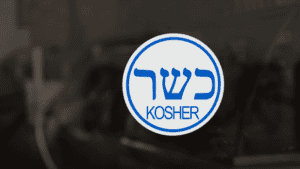Last Updated on October 17, 2022 by Packoi Team
What is a Brochure and What are Its Uses?
Ten years ago, a brochure was a staple of any marketing strategy. Nowadays things have turned digital, not many companies rely on printed marketing. But does this mean that brochures are dead? Not at all! A brochure is still a fantastic marketing tool for many corporates. One can now go paper free and add a brochure on their business website. You can also add a FAQ section for the most relevant questions your service have on the internet.
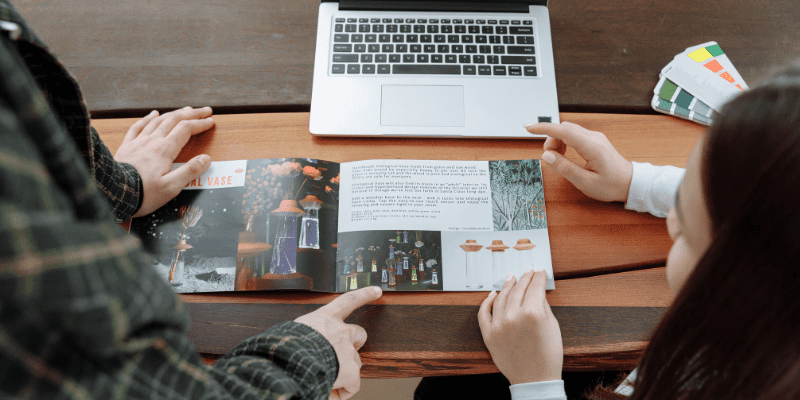
There are a lot of things you can do to promote your business. But, it doesn’t take a genius to figure out that creating a business brochure with relevant information is one of the more effective things one can do. However, Creating one with all the relevant information for the target audience is easier said than done. As there is just so much to consider when trying to create your brochure – specifically, where will you have it printed? Who will you be handing it out to? Is it for an existing customer or protentional customers looking to make a purchase? How will you design it? What should or shouldn’t be included in your brochure? Where will your contact details go?
With over 500 billion brochures printed every year, you have to think of ways to set yours apart.
How to create maximum impact to stand apart from most brochures in the market?
There are some marketing tips that allow you to make the most impact, things like writing brochures, and the design and the message are some sure ways, however, below are some main points of brochure making that people miss.
Clear Call to Action
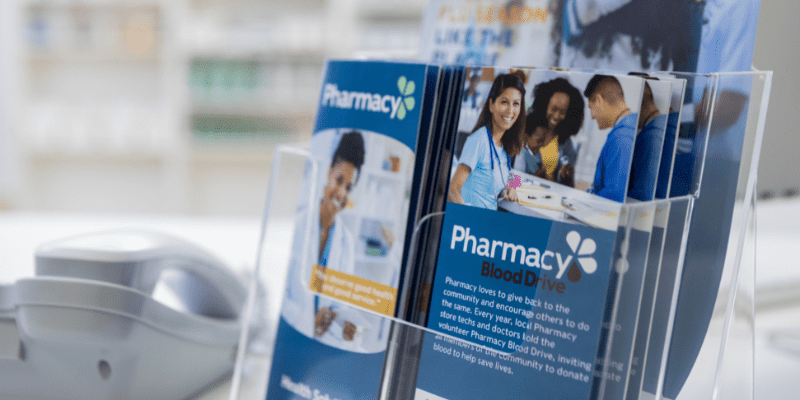
The purpose of your brochure is to compel customers to take action. That’s why it needs a clear call to action. So, what is a call to action? A call to action is an instruction that encourages the reader to take some sort of action based on the information provided in the company brochure. The goal of a call to action is to help new customers in understanding what they should do next. If your goal is to give all the relevant information to entice readers in sending positive feedback, don’t forget to add your mission statement.
When creating your brochure, think about who you want the brochure to reach and what steps you want them to take next. You may want potential customers to contact you for more information or to schedule an appointment with one of your employees. Whatever it is, make sure that your brochure includes instructions for what people should do after reading it.
Your Logo
Your logo is the symbol that represents your brand and helps people remember your name. Think of it this way: If someone talks about Apple products, the first thing in your mind will come to the apple logo, you could probably draw it without much trouble. That’s how important logos are in our society.
Hear me out! If you’re trying to create a memorable image for your company, wouldn’t it be better if you could use an idea to burn it into people’s memories?
It doesn’t matter what type of business you’re in; everyone knows what a Starbucks cup looks like or what McDonald’s golden arches stand for. Your brochure should reflect those simple icons so the reader can identify with them immediately and recognize the brand behind them.
Company’s Contact Details

This is one of the most important things to include in your brochure. You want to make sure that customers know how to find you on social media and where they can find your company website or reach you through your e-mail. You can even take it one step further and include QR codes for mobile devices (such as smartphones) so that people can scan them with their phone’s camera and access your website directly. You can also use your design expertise to include a QR code that takes your reader to the direct mail of your company.
What You Do
Describe your business and what you do in a way that will make people want to be your potential customers. Use plain English, not industry jargon in your brochure. For example, instead of writing a long paragraph on you’re a multimedia agency, focus your writing on you create a video, photo, and audio content for businesses. Also, try not to waste space as it may look like you don’t have enough to write about.
Why You’re Great
Here’s where you can show off a little bit. If you’ve received any awards or recognition for your previous work, list them here and explain how that qualifies you to be an expert at what you do. List any brands you’ve worked with, and give examples of why future clients should choose to work with you. Focus on your services and their benefits but keep the copy short without too much spacing, as that can bore the reader. If possible, include some metrics like revenue or number of employees (both total and in-house) that show how successful your company is.
How It Works
This section of the brochure should explain how your product or service works in simple terms so anyone can understand it.
Don’t overload it with technicalities; make sure your reader gets the basics down first. You should also include examples of how other companies purchased and benefit from your product or service successfully in the past so readers know what results they can expect if they were to use it themselves.
Pictures
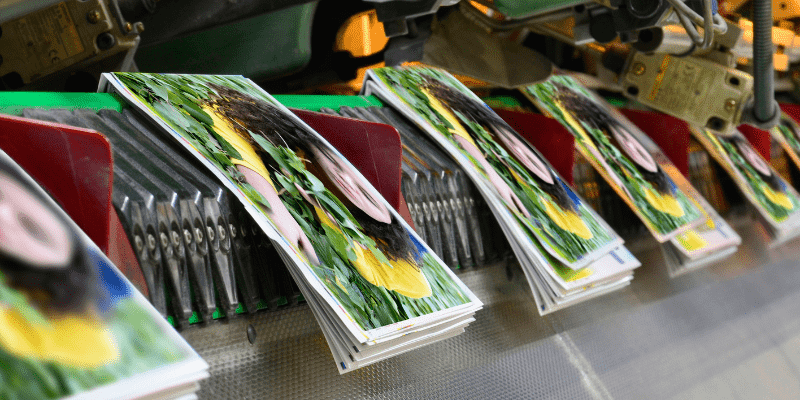
Pictures are an important part and a unique selling point of a brochure and should be used to help sell your product or service. They should be professional and eye-catching, and they should show a real person using the product or service. If possible, it’s best to use pictures that are taken in your office or studio, so your customers will see how professional you are. If you can’t get photos of existing customers using the products or services you offer, consider making one yourself.
Promotional Text
The promotional text in a brochure is a great place to focus on your company’s products or services you offer and how can the reader gain benefits from it. This section is where you can get creative, so don’t be afraid to do a little advertising. If you’re not sure what kind of text to include, think about what makes your business unique and stay on that specific topic. What sets it apart from other companies? What can potential customers expect from you? What are some interesting facts about your business? If you’re not sure how to answer these questions, consider hiring a freelance writer or marketing consultant to cover the writing and editing part.
Value Proposition for Your Business Brochure
Give Them a Reason to Act
A value proposition is a statement describing what you do and why it’s valuable to customers. It can be as simple as “We help businesses increase sales,” or as complex as “We increase sales by 25% using our proven approach to customer retention.”
Regardless of how complex your value statement is, it should be short enough for people to remember and communicate easily.
The more logical sequence and specific you can make your value statement, the better. Say “we help businesses increase sales by 70%” instead of just “we help businesses increase sales.” This helps people quickly focus on how you solve their problems and why they should work with you instead of someone else.
Pricing and Packages
The pricing page is a crucial part of your brochure, especially if you’re selling products or services. It’s the first impression your customer has of your company, so make sure it’s a good one.
Here are some bullet points to consider when setting up your pricing section to give your brochure a professional look:
- Use real prices. If you’re offering discounts on certain items, be sure to include them in the price list.
- Include shipping costs. If you have products that need to be shipped, mention them here and include the cost of shipping.
- Choose a clean design; stick with a simple design that highlights only the essential information (prices and discounts).
- Don’t clutter up your price list with long paragraphs or too many colors or graphics that may confuse the customer.
Color Scheme and Fonts
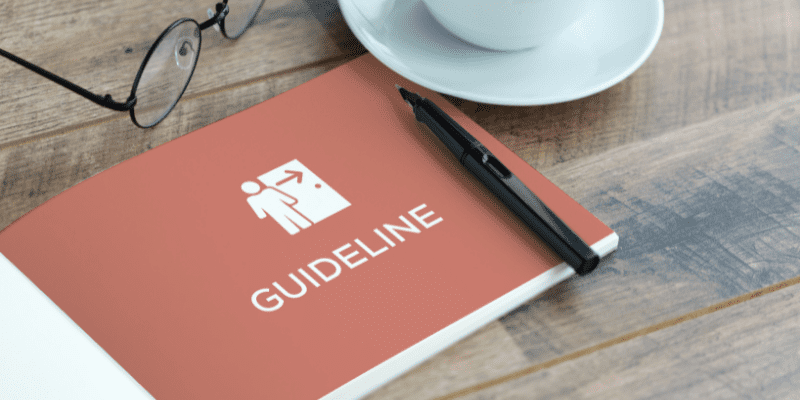
Color Scheme
Color plays an important role in marketing materials. Your color scheme needs to show your potential customers your brand identity. Create a list of colors that represents you best and choose one or two dominant colors for the majority of the content on each page. Also, consider using complementary colors when designing text blocks or borders around other elements such as images or headlines/subtitles. Keep in mind that these elements will also need their complementary colors selected as well!
Fonts
Fonts can add personality and character to your design. You can also add meaning and emotion for potential customers through their use of size, weight, and style choices. Your font choice should match your brand identity but be readable by everyone who looks at it!
Customer Testimonials
Testimonials are a great way to show potential customers that other people have been satisfied with your services or products. They can be used in many different ways, including on your website, in advertisements, and even in brochures.
If you don’t have any testimonials yet, ask past customers if they would be willing to write one for you. If they agree, make sure they know it will be published on your website or in an advertisement so they won’t say anything that could potentially damage their reputation.
Testimonials should be brief and provide customers with the benefits of using your product or service instead of too much text focusing on features. For example: “I have always had problems finding clothes that fit my body shape but after visiting this store I finally found something that fits me perfectly.”
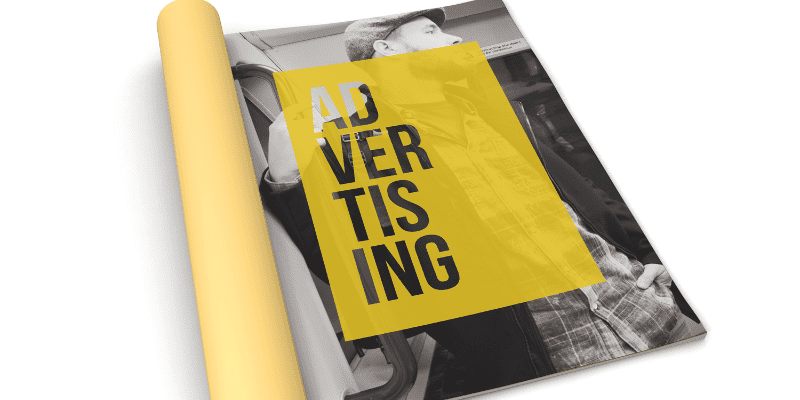
Types of Company Brochure Designs
● Bi-Fold or half fold Brochure
● Tri-fold Brochure
● Z-Fold Brochure design
● Gate Fold Brochure
● French Fold Brochure
● Accordion Fold Brochure
● Double Parallel Fold/4 panel fold Brochures
● Parallel Map Fold Brochure
● Cross-fold Brochure design
● Die-cut fold Brochure
● Roll-fold Brochure
Types of Brochure Designs Based on the Purpose
● Company Brochure
● Sales Brochures
● Event Brochures
● Spec Sheets
● Flyers or leaflets
● Menus
● Mailers
● Folders and inserts
● Presentation folder Brochures
● Leave behind brochures
Conclusion
Your brochure is one of the most important tools that you can use to sell your services to your audience. It’s often the primary vehicle you’ll use to convey your value proposition, so it’s important to make sure that it covers a specific action or message to make a strong impression.
With these nine tips in mind, you should be well on your way to creating a brochure that will convince clients to act and decide why now is the best time for them to work with you! Or we can always help you design a brochure to grab attention and make your business stand out. Check out Packoi.



